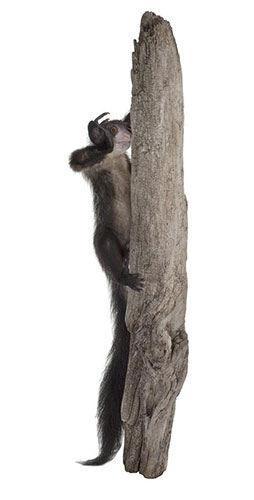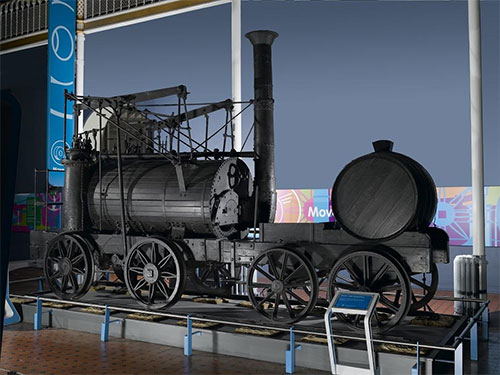On Wednesday 19 September 2012, museums across the globe took part in an online initiative designed to bring the techno-savvy folk of the Twitterverse into direct cyber-contact with that mysterious, dusty, holder of arcane lore, the Curator. Yes, for one day only, the curators emerge from their stores and labs and offices to share their incredible breadth of knowledge with the rest of the world.
Of course this is a ridiculous stereotype, but one that does tend to persist (particularly in prime time crime drama) so the more opportunities museums and galleries have to dispel these caricatures the better. And what better opportunity than Ask A Curator day?
Now in its third year, Ask A Curator day encourages anyone on Twitter with even a passing interest in museums and galleries to ask a curator a question. Tweeters can direct their questions to a specific participating museum (and this year there were over 500 institutions from 29 different countries taking part) or simply throw their inquiry out there using the #askacurator hashtag and see who responds.
Some ask lighthearted questions: ‘What’s your favourite smell in your museum?’ ‘What object in your collection makes you laugh?’ ‘Couldn’t you animate the Tyrannosaurus so that it bites random visitors?’ (At least I hope that was a lighthearted question…) Others pose more serious queries concerning funding, sponsorship and ethics.
This is the first year National Museums Scotland has taken part in Ask A Curator day and we had five willing volunteers on board, each with an allocated hourly slot. First in the hot seat was Peter Davidson, Curator of Minerals and Meteorites. I can’t think of a much better way of kicking off the day than with a discussion of space debris, the Scottish gold rush (who knew?), the smell of meteorites (oily, apparently) and life on Mars (or, more likely, the moons of Jupiter).

In the afternoon, our Principal Curator of Vertebrate Biology Dr Andrew Kitchener took over, answering questions about our bird, mammal and taxidermy collections. His observation that the best thing about being a curator is ‘research & rediscovering old specimens you thought were lost in the collections’ was the most retweeted comment of the day – an example of such a found treasure being a Malayan tapir skull given by Sir Stanford Raffles (of the Singapore Raffles Hotel fame) to the Marchioness of Hastings, who donated it to the Museum in 1921.

Four o’clock was Science Hour, with Dr Tacye Phillipson, Curator of Science, Julie Orford, Assistant Curator of Science and @julieorford on Twitter and Ian Brown, Curator of Aviation, aka @radararchive. Here we again tackled the thorny problems of favourite smells (possibly the odour of aircraft tyres in the rubber room at the National Museum of Flight), least favourite objects (Julie’s is the Wylam Dilly, on open display in the Connect gallery: very large and incredibly fiddly to dust) and coveted objects (Tacye’s is the Festo SmartBird, a unique flight model based on the herring gull).


Oh, and a few museum secrets were revealed too: Harry Potter fans, did you know we have a Star of the Order of the Phoenix on display? Or that, lurking in the stores, is an instrument for communicating with the dead? Now you do…

So all in all, a fun-filled, knowledge-filled (and cake-fuelled) day – but what did all this online engagement look like in cold hard stats? Here’s the science bit:
We acquired 37 new followers on Ask A Curator day, more than double our usual daily increase. We sent out a whopping 118 tweets (including replies and retweets) – way over our usual average of eight! – and all together our messages were retweeted 60 times (for comparison, the day before we had 15 retweets).
But the value of events like Ask A Curator doesn’t simply lie in numbers. ‘Do you think the way visitors are interacting with your collection has changed over the past 10 years?’ we were asked. Ask A Curator – in which hundreds, maybe even thousands, of people across the world shared questions, answers, opinions and jokes in 12,000+ tweets – surely shows how much things have moved on, how expertise and research is no longer the preserve of the academic few, but can be accessed by anyone with an interest, and digested alongside the latest updates from Stephen Fry and Rhianna.
And just in case you’re still wondering whether curators are really up for this new-fangled interaction, I’ll leave you with a tweet from Julie:
‘Had a gr8 #askacurator hour wi @RadarArchive @elainemacintyre + Tacye @NtlMuseumsScot lots o laughs when can we do it again? :-)’

